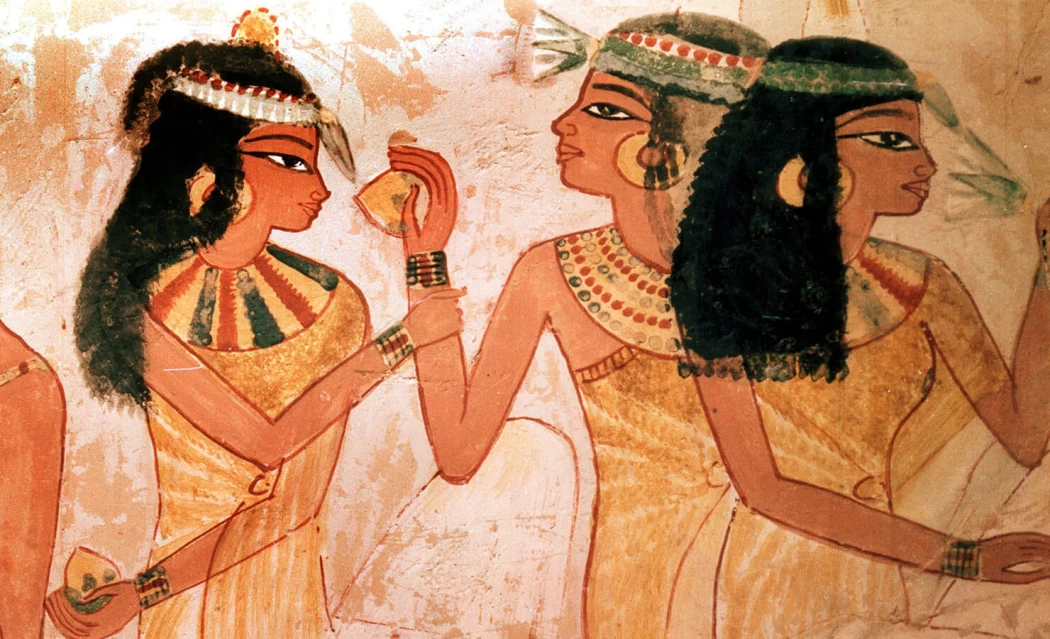
History and Origins of Aromatherapy
History and Origins of Aromatherapy
Scents are an important part of the ancient Egyptian civilization. Hatshepsut, the 15th century BC queen of Egypt who was considered a mediator between the gods and the people, was interested in perfumes and made sure that her kingdom was always filled with good smells.
Strategically located in the Nile Delta, the ancient city of Themyscira became a major center of perfume trade in the ancient world. Scents are mentioned in inscriptions on the walls of the Edfu temple, where Egyptian King Ptolemy X is said to have anointed himself with the finest perfumes as part of his morning ritual, and the Ebers Papyrus, one of the oldest papyri in Egypt, tells that a pleasant scent always filled the homes of noble families and permeated their clothes.
Although many aspects of people's lives and climate in ancient Egypt have been identified through odors, scholars have yet to uncover all the secrets.
"Smell is very crucial for the understanding of ancient Egyptians because that is how high it was held in their culture and as such ignoring this aspect of their culture, one ignores a very big chunk of it," notes Dora Goldsmith, a researcher in Egyptology. Translating the inscriptions found at Deir el-Bahri, Edfu, and the Ebers Papyrus, she notes that ”most publications about archaeological discoveries in Egypt focus on the visual aspects of ancient Egypt, whether it is about sarcophagi, burial chambers, temples or cities, publications rarely talk about smell.”
In recent years, research that is spearheaded by Jay Silverstein and Robert Littman has begun uncovering some layers of that history. Silverstein argues that the aroma and spice industry “was the most important industry at the time, there was a lot of money to be made, there was a concentration of talented perfumers and merchants, and they were able to bring in all the spices from all over the world.”
The Hellenistic complex associated with the manufacture of perfume bottles, one of the most important discoveries of the 2009 Silverstein-led expedition, consists of 20 kilns and ancillary structures including wells, water channels and basins, indicating that the place was dedicated to the manufacture of liquids, a hypothesis that Silverstein's team hopes to confirm through the results of chemical analysis of samples taken from the site.
The most widely adored and well-recognized scent was kyphi-kyphi. It consisted of frankincense, myrrh, the resin of pine, cinnamon, cardamom, saffron, juniper, mint and other herbs and spices. The smell is said to be rather potent and it is said that those who can afford it are the most envied. As Strudwick points out: “There were perfumes favored by Egyptians that were sweet, spicy in nature and perfumed the air with a persistent and refreshing aroma,” and kifi was the most expensive and most wanted of those.














